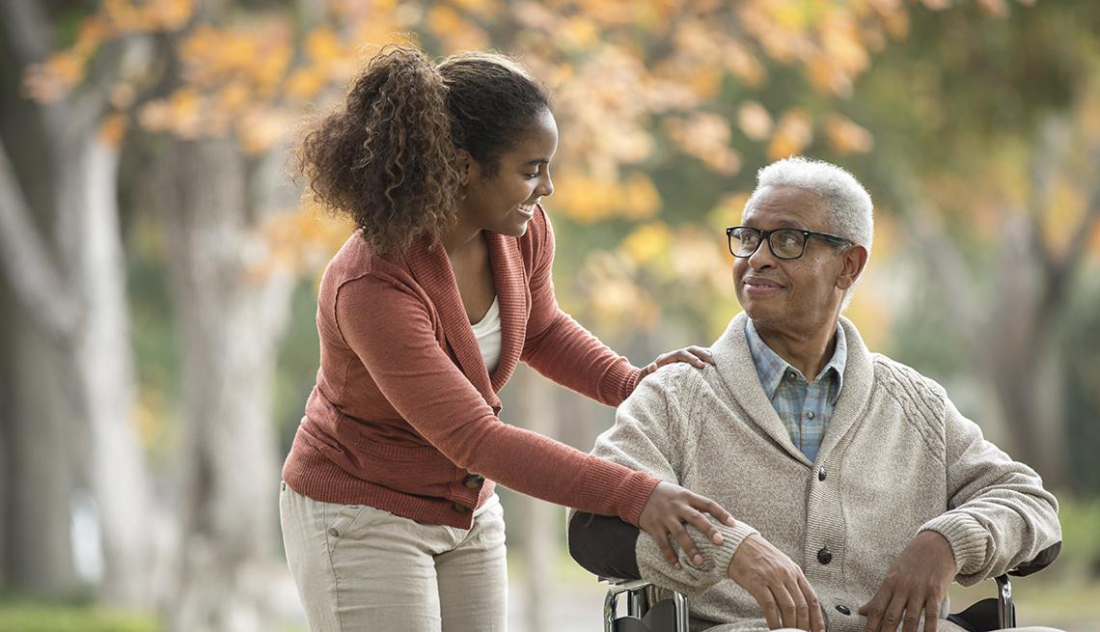Science evidently keeps pushing and resetting its goals as its list of achievements and discoveries grows at an overwhelming rate. The progress of medicine and medical care, and the impact of medical research has consequently led to a change in population structure and a longer life-span. For instance, among the members of the European Union, the data indicates that the number of seniors aged 65 and older is increasing rapidly, while the birth-rate is dropping. The situation is quite similar (if not even more extreme) in many other countries around the world as well. As a result, the given statistical turbulences unavoidably carry specific implications on eldercare.

Firstly, the age of caregivers is often much younger than one might expect; nowadays, it is no rarity that a person at the age of eighteen already has to take upon themselves the responsibilities of caring for an aging parent or grandparent, due to a variety of circumstances. According to the National Alliance for Caregiving and AARP’s data from 2015, 48% of caregivers in the United States were between the ages of 18 and 49. Also, in Australia, it is estimated that about 272,000 citizens who are 25 or younger care for a frail aged family member or a member with a disability, health, or addiction problem.
Caregiving is obviously one of the main reasons that are persuading millennials into staying in or moving back into their parents’ homes. In addition to providing personal assistance and care with various daily activities and challenges, they often offer financial support to their aging parents, who are no longer able to work or function independently, and whose retirement savings are in many cases quite modest.
In that process, young unpaid caregivers face a number of difficulties, many of which revolve around juggling education, work, their own social life and other life aspects, as well as looking after their beloved parent. In some instances, caregivers choose to have their parents surrounded by peers in the safety of nurturing retirement homes like Mark Moran Vaucluse, which allows them to devote time to their personal health and progress, knowing that their parents are well taken care of when they simply cannot be with them.

For others, however, that is not an option, and as a result, young caregivers can experience social isolation due to the responsibilities most of their peers don’t have, mental and (sometimes) physical struggles, problems figuring out the way to deal with limited finances, the healthcare system and additional eldercare options when necessary, like paid in-home care. Nevertheless, there are programs, organizations, agencies, and groups that millennials can look for and consult for emotional support, or use to get in touch with volunteers who offer help with caregiving.
Fortunately, millennials also grew up in an era where technology often comes through for them and where their aging parents got a taste of some of its wonders. Not only can technology be implemented, it is regularly relied on in eldercare, as it saves time, helps do things more efficiently, and sometimes even improves security. For example, if the caregiver has to spend a lot of time away from their parent, they can install a monitoring system or cameras in and/or around the house—this gives them a sense of security knowing they can see what’s happening inside the home even from a greater distance. Secondly, there are smartphones which play multiple functions, from searching the Internet for necessary information to ensuring communication and availability to their loved family member at all times, and giving reminders for taking medication or going to doctor’s appointments. Let’s not forget the powers of apps like measuring physical activity (pedometers), showing the person’s current location (in case the elderly parent’s suffering from memory loss), piling all of the person’s medical information in one convenient place, finding available temporary caregivers, or offering instructions and advice on what to do in case of different types of medical emergency. The Internet world also brings forth a variety of services a person can use for basic, yet time-consuming daily tasks, like shopping for groceries—shopping can instead be done online and the ordered products are delivered to the desired address. On and on goes the list of technological benefits in the domain of eldercare.
There is no doubt that the amount of responsibility falling on the shoulders of young caregivers is truly immense. Through the influence of love, support of other people, and, clearly, advancing technological marvels, their needs and daily duties can indeed be made much easier.